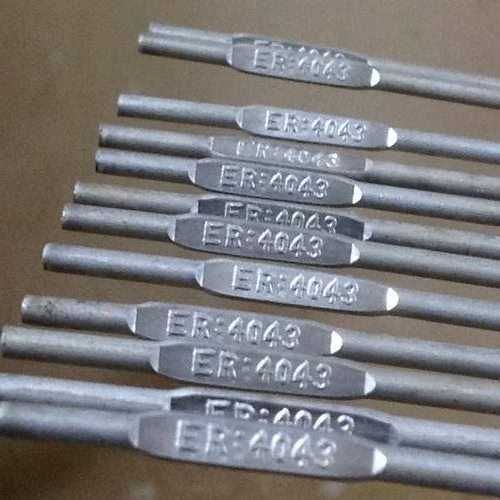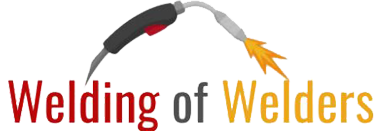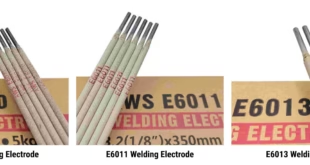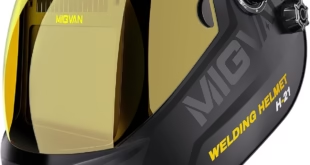Best Filler Materials for AC TIG Welding
What is AC TIG Welding?
AC TIG welding is a versatile process used primarily for non-ferrous metals like aluminum and magnesium. The alternating current helps break through the oxide layer on metals, ensuring a clean weld.
Importance of Choosing the Right Filler Material
While many welders focus on the machine and electrode, the filler material is just as critical. It determines the weld’s strength, corrosion resistance, and overall quality. Using the wrong filler rod can lead to weak joints, cracks, or poor aesthetic finishes.
Understanding Filler Materials for TIG Welding
What are Filler Materials?
Filler materials are consumable rods used to join two pieces of metal during the TIG welding process. They melt into the weld pool to create a strong, cohesive joint.

Characteristics of a Good Filler Material
A good filler material should match the mechanical properties of the base metal, be easy to work with, and enhance the weld’s durability.
Common Filler Materials for AC TIG Welding
ER4043 (Aluminum-Silicon Alloy)
This filler rod is widely used for welding aluminum alloys. Its high silicon content reduces the risk of cracking and provides a smooth weld bead. It’s ideal for applications requiring a clean finish.
ER5356 (Aluminum-Magnesium Alloy)
A stronger and more corrosion-resistant option than ER4043, this rod is great for marine environments. It works well with 5000 and 6000 series aluminum alloys.
ER70S-2 (Low Carbon Steel)
For welding steel, ER70S-2 is a common choice. It provides excellent arc stability and creates a clean weld with minimal spatter.
ER316L (Stainless Steel)
This filler material is perfect for AC TIG welding of stainless steel. It offers superior resistance to corrosion and is commonly used in food-grade and chemical applications.
Choose the Right Filler for AC TIG
Compatibility with Base Material
Always choose a filler rod that matches the composition of the base metal to avoid incompatibility issues.
Mechanical Properties Required
Consider the strength, ductility, and corrosion resistance needed for the final product.
Welding Application and Environment
If you’re welding in a corrosive or high-stress environment, prioritize filler materials designed for those conditions, like ER5356 for aluminum in marine settings.
Advantages of Using the Correct Filler Material
Improved Weld Strength
A compatible filler rod ensures the weld can withstand mechanical stresses.
Resistance to Corrosion
Using the right filler material prevents degradation over time, especially in harsh environments.
Better Aesthetic Finish
High-quality filler rods provide a smooth, clean weld bead with minimal post-weld finishing required.
Common Mistakes
Mismatching Filler and Base Metal
Using an incompatible filler rod can lead to weak welds or cracking.
Ignoring the Application Requirements
Different applications require specific properties, such as strength or corrosion resistance.
Overlooking Filler Rod Storage Conditions
Contaminated filler rods can introduce porosity and compromise weld quality.
Tips for Using Filler Materials
Proper Storage to Avoid Contamination
Store filler rods in a clean, dry environment to prevent them from absorbing moisture or oil.
Preheating Techniques for Better Fusion
Preheating the base metal helps ensure better fusion and reduces the risk of cracking.
Consistent Feeding for Uniform Welds
Maintain a steady hand when feeding the filler rod into the weld pool to achieve uniformity.
FAQs
What is the best filler material for AC TIG welding on aluminum?
ER4043 is excellent for general applications, while ER5356 is better for marine and high-strength needs.
Can the same filler rod be used for AC and DC TIG welding?
Yes, some rods like ER70S-2 can be used for both, but always confirm compatibility with your specific application.
How do I avoid porosity in my welds when using filler rods?
Ensure the rods are clean, stored properly, and the base metal is free from contaminants.
What’s the difference between ER4043 and ER5356 filler rods?
ER4043 contains silicon, which reduces cracking and provides a smooth finish, while ER5356 contains magnesium, offering higher strength and corrosion resistance.
Are there universal filler rods for multiple metals?
No, filler rods are typically metal-specific, designed to match the properties of the base material. Always choose based on the material you’re welding.
Conclusion
Choosing the best filler material for AC TIG welding is essential for strong, durable, and visually appealing welds. ER4043 and ER5356 are top choices for aluminum, while ER70S-2 and ER316L cater to steel and stainless steel applications. By understanding the specific requirements of your project and following best practices, you can achieve professional-quality results.
 Welding of Welders All about Welding and Welders
Welding of Welders All about Welding and Welders



